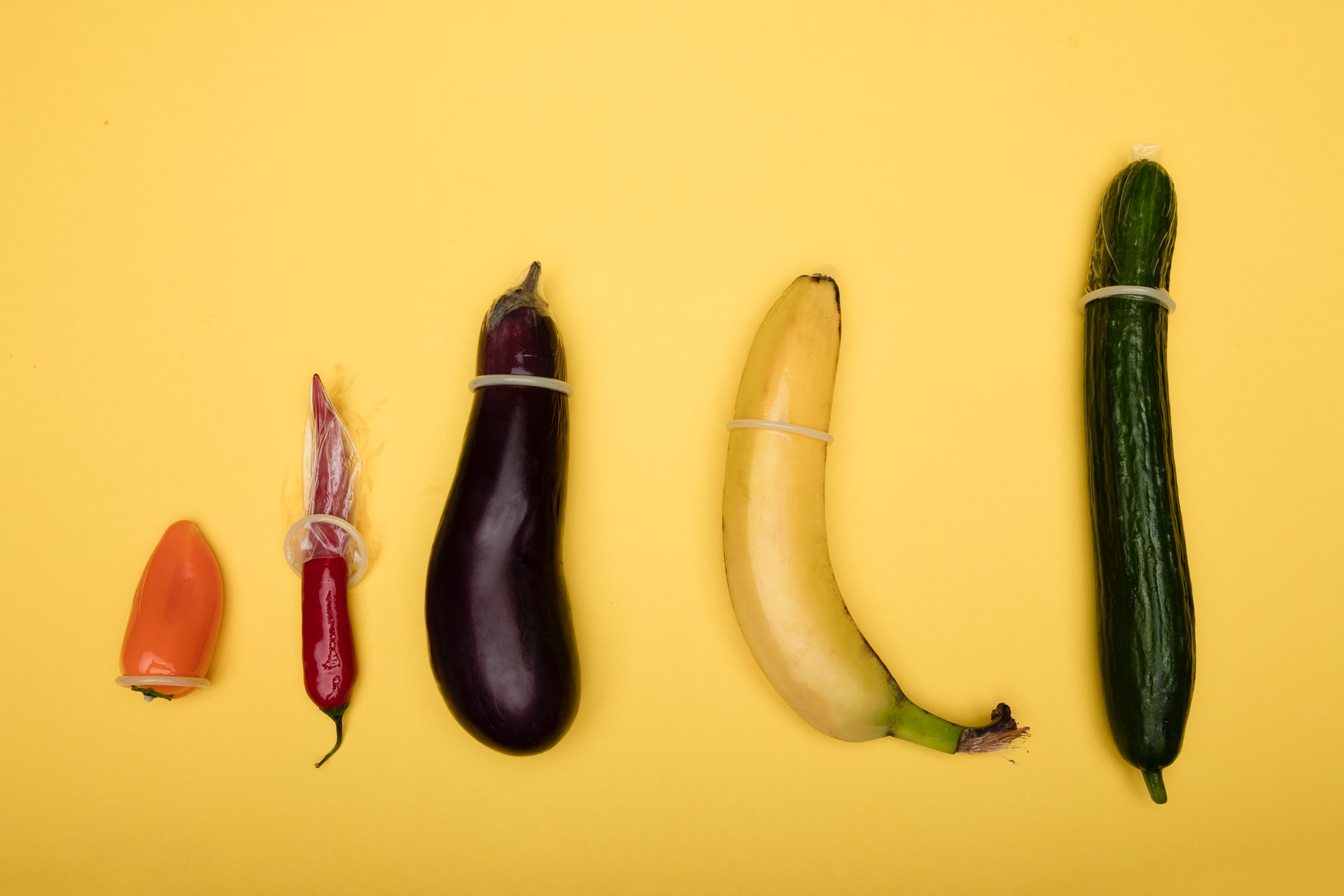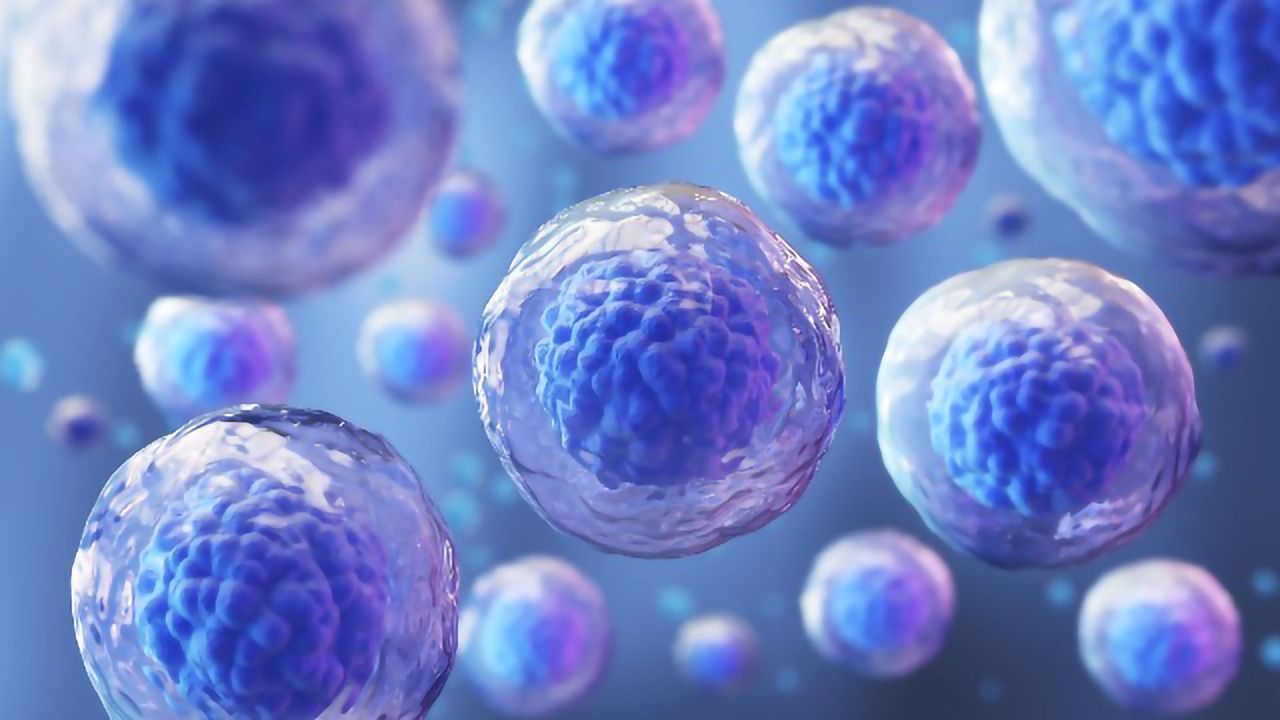
The Ins and Outs of Stem Cell Harvesting
Stem cell therapy is a form of regenerative medicine designed to repair damaged cells within the body by reducing inflammation and modulating the immune system. This phenomenon makes stem cell therapy a viable treatment option for a variety of medical conditions. Stem cell therapies have been used to treat autoimmune, inflammatory, neurological, orthopedic conditions and traumatic injuries with studies conducted on use for Crohn’s disease, Multiple Sclerosis, Lupus, COPD, Parkinson’s, ALS, stroke recovery and more.
While stem cell therapy does not necessarily provide a cure for these conditions, the premise is to allow the body to heal itself well enough to mitigate the symptoms of the conditions for long periods. In many cases, this effect can substantially increase the quality of life for patients as well as delay disease progression.
Where do stem cells come from?
Stem cells can be obtained from many different sources. These include adipose (fat tissue), umbilical cord tissue, placental tissue, umbilical cord blood, or bone marrow. Stem cells can be administered in a variety of fashions; IV Stem Cell Therapy (Intravenous administration), Intrathecal (directly into the spinal canal), Site injections into problem areas (Knee, hips, hands, etc.)
How does stem cell therapy work?
Mesenchymal stem cells utilize their self-renewal, immunomodulatory, anti-inflammatory, signalling, and differentiation properties to influence positive change within the body. Mesenchymal stem cells (MSCs) also have the capacity to self-renew by dividing and developing into multiple specialized cell types present in a specific tissue or organ. Mesenchymal stem cells are adult stem cells, meaning they present no ethical concerns, MSCs are not sourced from embryonic material.
Stem cells target inflammation
The therapeutic uses of stem cells as a potential therapy for a variety of diseases has been immensely explored, the number of clinical trials conducted with Mesenchymal Stem Cells has increased exponentially over the past few years.
Stem cells have a unique, intrinsic property that attracts them to inflammation in the body. Studies have shown that stem cells can regenerate damaged or diseased tissues, reduce inflammation and modulate the immune system promoting better health and quality of life. Mesenchymal stem cells do this by influencing tissue repair via paracrine effects (cell signalling in order to change the behaviour of existing cells) or direct cell-to-cell contact.
Mesenchymal stem cells have the ability to turn into new types of cells
A stem cell can become many different cell types in the human body. The process of stem cells maturing into new types of cells is called differentiation. This process is the most critical aspect of stem cell therapies, as the cells become the type of cells required for one’s body to heal.
Stem cells are also self-replicating; this ability allows the cells to multiply into identical copies of themselves. For example, if stem cells were used to treat a neurological injury, cells administered during treatment could become nerve cells, and then replicate to create exponentially more nerve cells on their own. This ability to duplicate drastically increases the effectiveness of stem cell treatments over time.
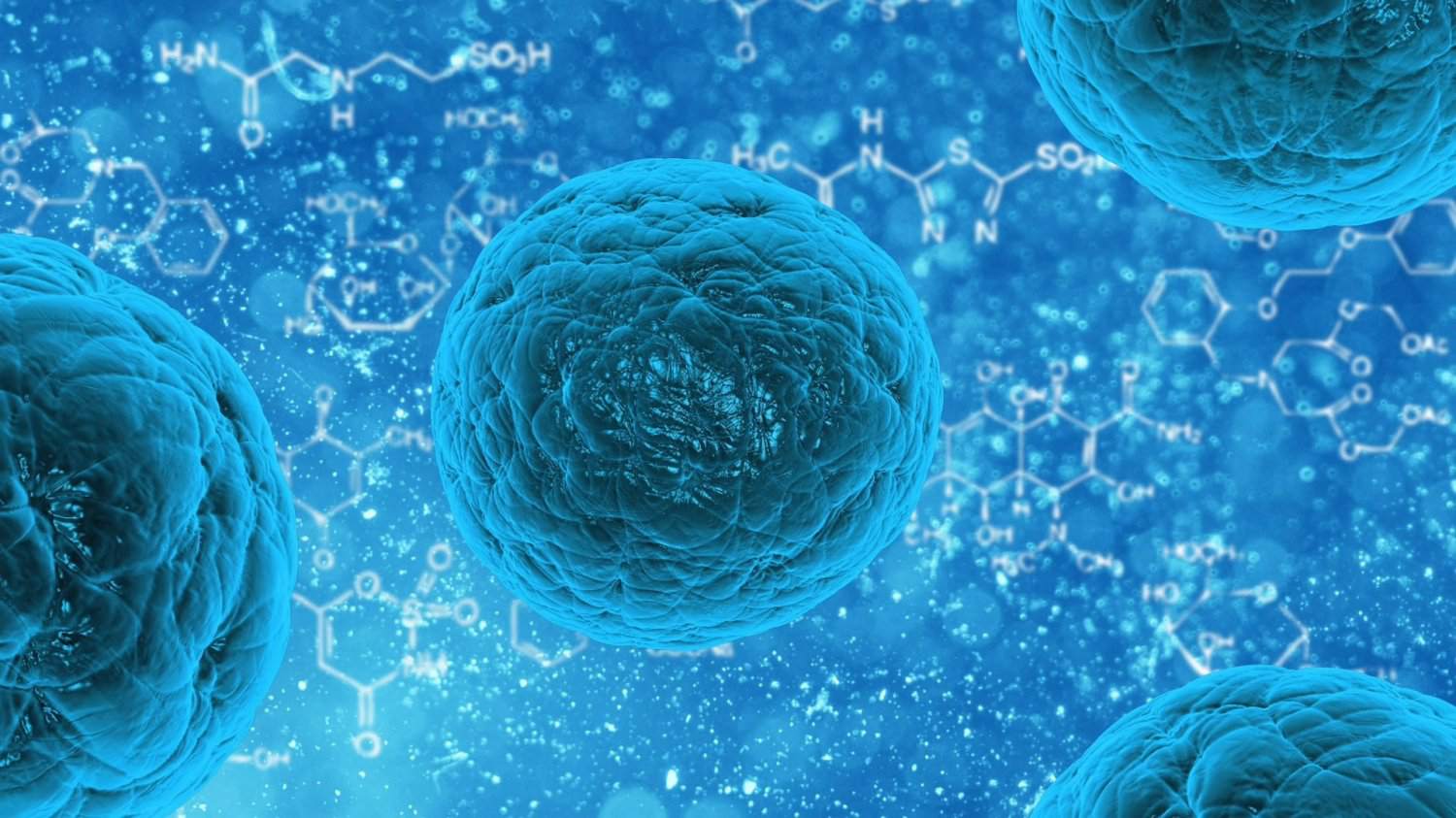
Stem cells age as we do
Stem cell numbers and effectiveness begin to decrease as we age exponentially. For example, stem cells from a person in their twenties are not nearly as high quality as the brand new cells sourced from umbilical cord tissue.
How is stem cell therapy utilized?
Stem cell therapy may be able to treat orthopedic, inflammatory, autoimmune and neurological conditions, with studies conducted on use for Crohn’s Disease, Multiple Sclerosis, Lupus, COPD, Parkinson’s, ALS, stroke recovery and more.
Stem cells do not necessarily provide a cure for these conditions. The premise is allowing the body to heal itself well enough to mitigate the symptoms of the conditions for long periods. In many cases, this alone allows for a substantial increase in the quality of life for patients.
Will the body reject stem cells?
Cord-tissue-derived mesenchymal stem cells do not have any risk of rejection within the body. They are youthful, immune-privileged, undifferentiated cells that have no rejection in the body because they have yet to be “claimed.”
There are no blood products associated with them either, removing the need for a donor match; they are universally accepted. These cells seek out inflammation in the body and begin to heal the damaged tissue. Mesenchymal cord tissue-derived stem cells have been administered thousands of times at clinics around the world without instances of rejection (graft vs. host disease).
Conclusion
Previously untreatable neurodegenerative diseases may now possibly become treatable with advanced stem cell therapies. Regenerative medicine and its benefits may be the key to prolonging human life. Share your views in the comments below.
You May Also Like
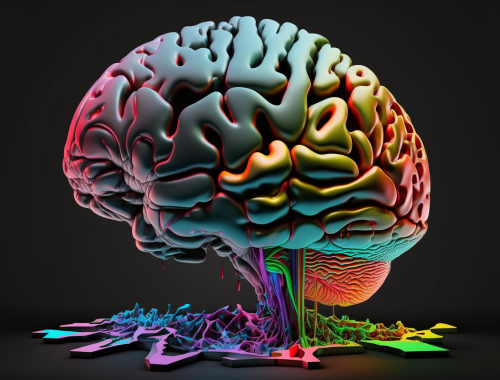
Unraveling the Mysteries of Cognition: The Science Behind How We Think
2023-09-28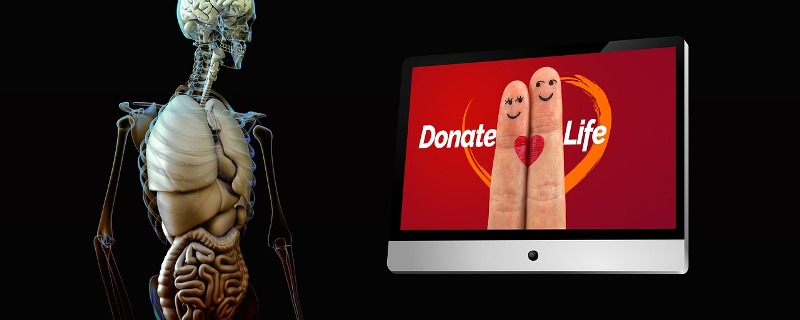
What Organ Donation Is All About
2021-10-28

